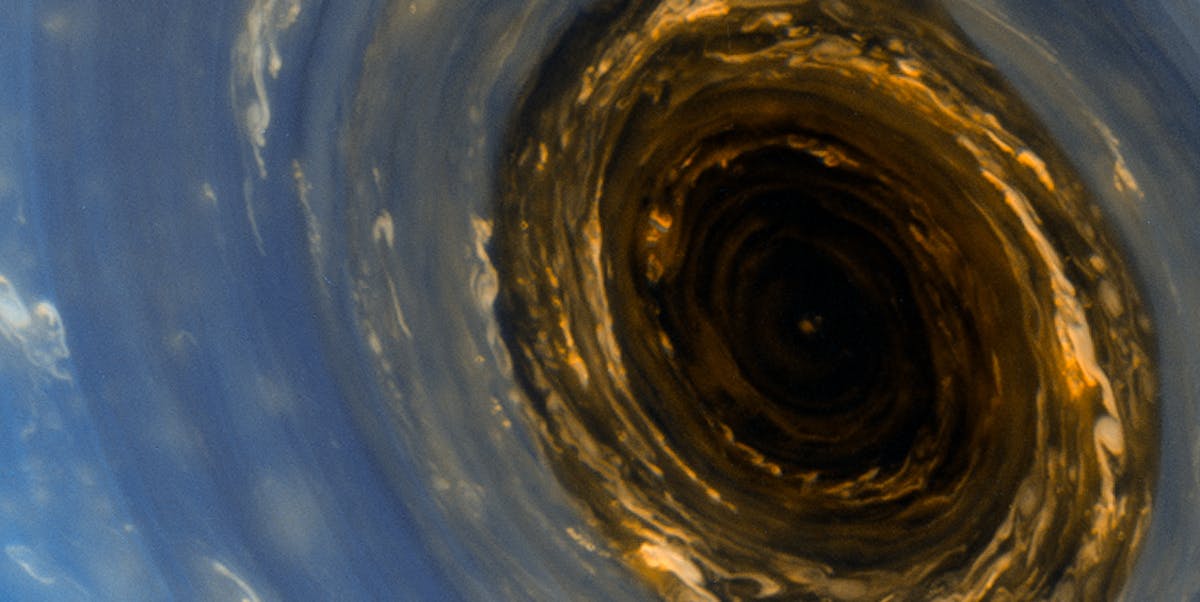Well lit and close to Earth this summer, Mars and Saturn got the crisp glamor shots that they so richly deserve, courtesy of the Hubble Space Telescope.
On June 27, Saturn’s orbit brought it into opposition with the Earth, meaning that the two planets were fully aligned with the sun, and as a consequence Saturn could reflect a maximum amount of sunlight back towards Earth. Hubble — NASA’s cheeky interstellar paparazzo and a non-sentient satellite containing imaging hardware — observed the planet on June 6, 2018, while it was about 870 million miles from Earth.
Due to Saturn’s tilt toward the Earth at this moment in its orbit, Hubble was able to very clearly image all of the bands and gaps that comprise Saturn’s rings: Moving inward from the outermost ring, these are known as the A ring, the Encke Gap, the Cassini Division, the B ring, and the C ring with the Maxwell Gap.
